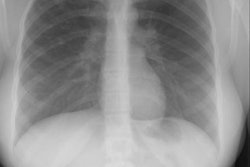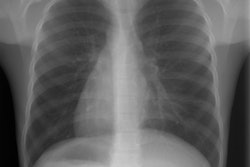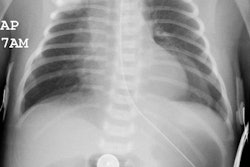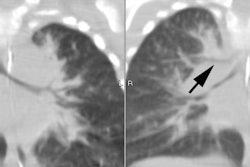Radiology 1997 Jun;203(3):636-640
Left-sided congenital diaphragmatic hernia: value of prenatal MR imaging in preparation for fetal surgery.
Hubbard AM, Adzick NS, Crombleholme TM, Haselgrove JC
PURPOSE: To evaluate the usefulness of prenatal magnetic resonance (MR) imaging in determination of the position of the fetal liver and amount of lung tissue in left-sided congenital diaphragmatic hernia. MATERIALS AND METHODS: In three pregnant women, MR imaging was performed with a 1.5-T magnet and fast gradient-echo, half-Fourier single-shot turbo spin-echo, and echo-planar sequences. MR imaging findings were compared with those from ultrasound (US) performed the same day. The fetuses were 20, 23, and 32 weeks gestational age. RESULTS: The fetal liver was demonstrated in the chest in all three fetuses with MR imaging and in only one fetus with US. The best images of the fetal liver were obtained with a T1-weighted gradient-echo sequence. The best images of the entire fetus were obtained with a half-Fourier single-shot turbo spin-echo sequence. CONCLUSION: In these fetuses, MR imaging proved important by clearly demonstrating herniation of fetal liver into the chest, thereby changing family counseling and prenatal care.
PMID: 9169681, MUID: 97313077



